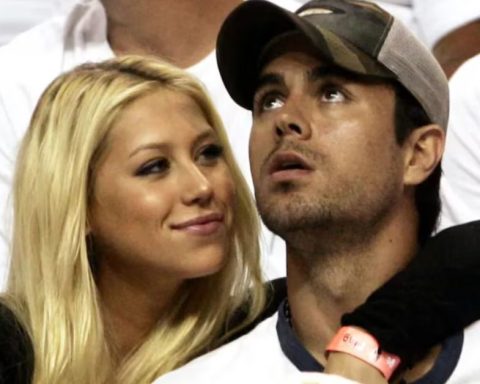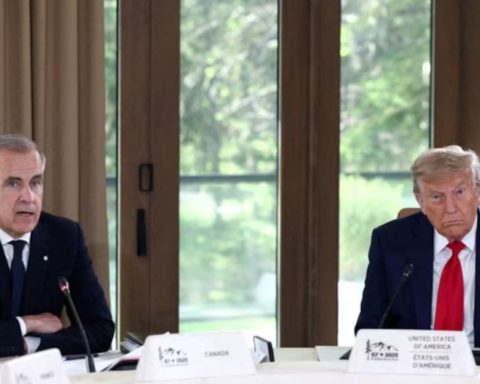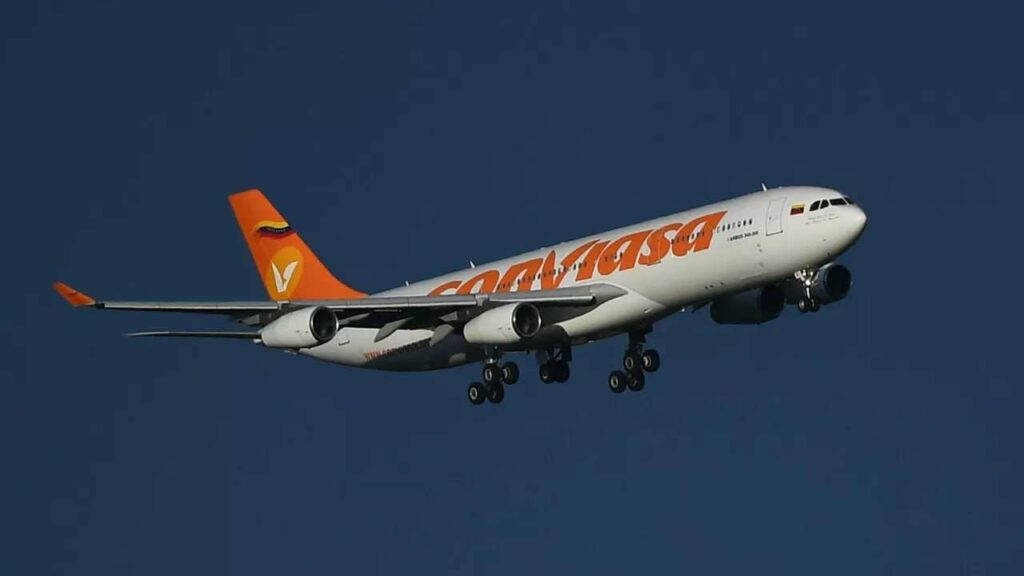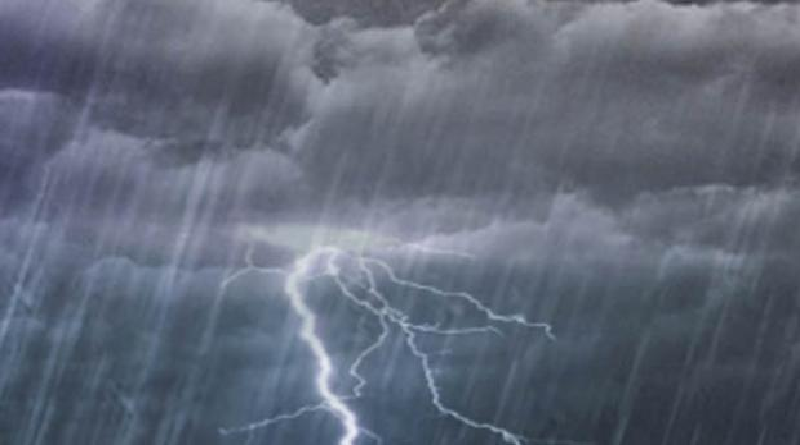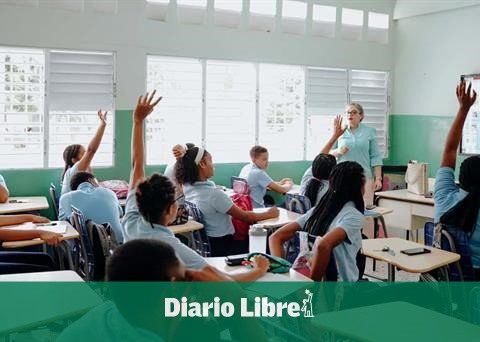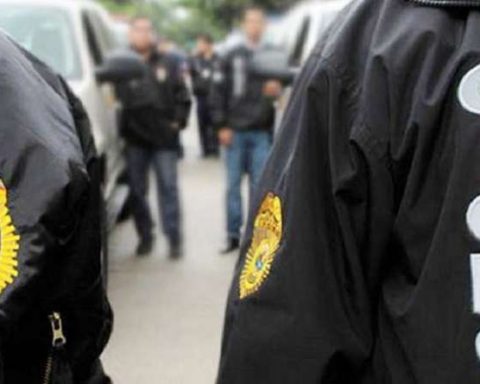June 18, 2023, 4:00 AM
June 18, 2023, 4:00 AM
The “ballenas” and the “culebritas” know by heart the 27 illegal routes that exist on the border between Bolivia and Peru. These are experts in removing or introducing contraband between the two countries. The “whales” are the tanker trucks conditioned to load illicit merchandise, while the “culebritas” arewith the columns of high-tonnage trucks that load products destined for smuggling.
In 2022, smuggling moved 3,331 million dollars and tax evasion reached $930 million. These figures are historical. since this illegal activity grew 65% more than in 2014 and currently harms 38,000 industries in the country.
The figures were presented at the international seminar “From Informal Trade to Organized Crime: The Challenges of the region against smuggling”, event organized by the National Chamber of Industries (CNI).
In this space, which was developed simultaneously in La Paz and Santa Cruz de la Sierra, various statistics on contraband in Bolivia, Peru and Chile were presented. Experts from those three countries also proposed measures to eradicate this scourge.
The CNI adviser, Hugo Siles, revealed, based on studies by the Confederation of Private Entrepreneurs of Bolivia (CEPB), that smuggling in 2022 moved a value of 3,331 million dollars, equivalent to 8% of the Gross Domestic Product ( GDP).
In In 1999, smuggling represented 1,000 million dollars, that is, it has increased by 203% since then and by 64% since 2014, when the movement of this illegal activity was 2,011 million dollars.
The Vice Minister of the Fight Against Smuggling, Daniel Vargas, also participated in the event, who revealed that the existence of 77 illegal crossings on the border with Chile and Peru were identified through which contraband enters and leaves. The authority explained that in the border region with Peru, 27 illegal routes were detected through which the merchandise enters. While with the border with Chile, 50 illegal routes were identifiedwhich are used for the introduction of contraband merchandise.
“It is a large sector and there are clandestine and alternate routes that we have been able to detect. youWe have the Coipasa and Uyuni salt flats, where routes have been discovered where control is complex and to this is added the lack of control by Chile”Vargas explained.
The vice minister showed a map showing the illegal crossings. For example, in the case of Peru there is Virupaya (Milestone 10), Orurillo (Milestone 3), Cotapampa, Tarucani, Esquillani, Jancohuyo, Chuyunjani, Chualluma, Humanata, Patacayle, Kasani, Kehuni, Tito Yupanqui, Puerto Alterno 1, Puerto Alterno 2, Santiago, Catacora, Sombrapata, Desaguadero, Laquinamaya, Mauri Center, Charaña, Tripartito and Milestone 18.
In addition, Vargas reported that seven towns were detected on the border with Peru that are dedicated to the collection or storage of contraband: Charazani, Escoma, Puerto Acosta, Puerto de Carabuco, Huarina, Jesus de Machaca and Santiago de Machaca.
Pietro Boggero, head of the Operational Control Division of the Puno Customs Administration, reported that it is estimated that in 2022 the contraband that entered Peru reached 594 million dollars, of which almost 60%, 349 million dollars, entered through the south of the neighboring country.
The Peruvian official pointed out that in the south of his country there are communities that violently resist controls against smuggling because they live from this illegal activity, something that also happens in Bolivia, according to what Vice Minister Vargas denounced.
In addition, Boggero reported that smuggling mafias operate in southern Peru. with state-of-the-art technology and that execute techniques in order to deceive merchandise controls. One of them is the “whale” smuggling, whichThey are the tanker trucks that are conditioned to hide illegal merchandise in their tanks.
“It is a very recurrent modality in southern Peru. (The trucks) arrive from Bolivia with a lot of merchandise and their final destination is Lima, the capital of Peru. How do these whales operate? They load contraband merchandise in the tanks that are empty and that are conditioned”, andBoggero explained, who explained that the merchandise transported by these vehicles in the largest quantity is used clothing and cigarettes.
Bolivia and Peru share a 1,047 kilometer border. Much of the boundaries are on Lake Titicaca. This lake edge is used by different mafias to carry out all kinds of crimes, especially the smuggling of illegal merchandise, drug trafficking and human trafficking, especially Bolivian women to sexually exploit them in mining districts of that country.
Smuggling is back and forth, of various sizes and of all kinds of merchandise. The mafias act on both sides and with different types of methodology. The illegal trade, one way to Peru, has at least four routes that even start in Iquique (Chile) with the load of household appliances, Chinese fabrics, cell phones and used clothing, generally the first route passes through Puerto Acosta, a town in the department of La Paz.
“The ‘hare’ is called to any cart that goes ahead to see if there are policemen, it could be a taxi. They say if it is free (the road) and communicate to the now little snakes so that they can pass. These snakes arrive in Juliaca and from there they are distributed to Arequipa, Lima, Cusco, Puno and other cities in central Peru”, highlighted Boggero.
16 3rd LEVEL HOSPITALS
Last year, tax evasion due to VAT and Tariff Tax (GA) from smuggling reached 930 million dollars, a figure with which 16 third-level hospitals could be built, according to the National Chamber of Industries (CNI).
UNFAIR COMPETITION
Smuggling and its unfair competition affects 38,000 industries in the country and 600,000 formal jobs, slows down economic recovery, causes deindustrialization, evades taxes, and encourages criminal activities.
WELL EQUIPPED
The Vice Minister of the Fight Against Smuggling, Daniel Vargas, pointed out that those who engage in smuggling bring merchandise with weapons and explosives.



